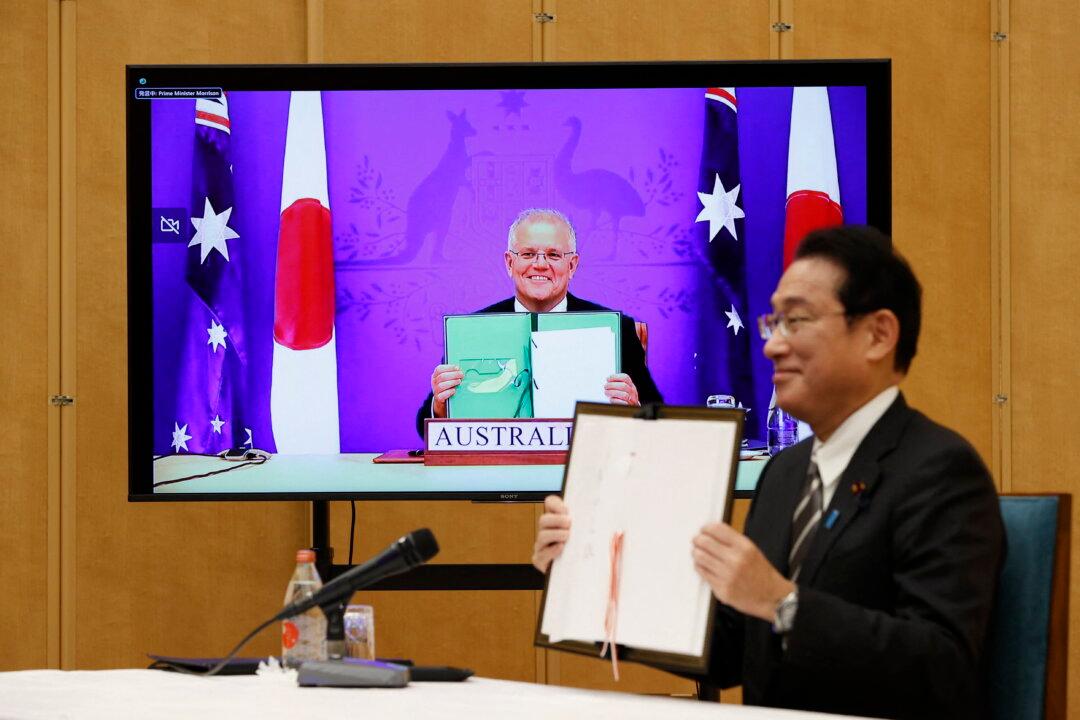Commentary
The Australian and Japanese prime ministers met virtually on Jan. 6 and signed a Reciprocal Access Agreement (RAA) that makes it easier for each nation’s troops to operate in each other’s country.

The Australian and Japanese prime ministers met virtually on Jan. 6 and signed a Reciprocal Access Agreement (RAA) that makes it easier for each nation’s troops to operate in each other’s country.